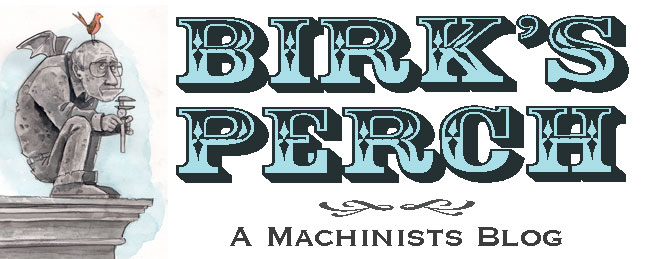 May first 2009 marked the completion of a little crank organ, after being under construction for two months. Instructions for building were found on John Smith's web site in England. However for some reason that site seemed to vanish shortly after building the organ. The music rolls are still available from Melvin Wright, another English web site.
May first 2009 marked the completion of a little crank organ, after being under construction for two months. Instructions for building were found on John Smith's web site in England. However for some reason that site seemed to vanish shortly after building the organ. The music rolls are still available from Melvin Wright, another English web site. It was awkward to move around and find a place to place it while playing, so a stand with wheels followed a month or so later.
It was awkward to move around and find a place to place it while playing, so a stand with wheels followed a month or so later.The top is hinged so that it can be opened up and you can look down inside and see the working mechanism. The crank operates bellows to pump air and also powers the punched paper roll that distributes the air to the 20 pipes to play the tunes. It works somewhat like a player piano.
 The last picture is of it being demonstrated at an antique machinery show in Huntsville Utah.
The last picture is of it being demonstrated at an antique machinery show in Huntsville Utah. Friends Guy and Westley each videoed it and posted the videos on You Tube.
Friends Guy and Westley each videoed it and posted the videos on You Tube.
















